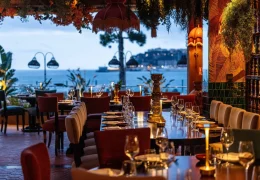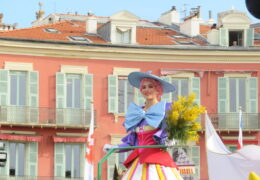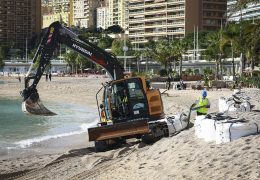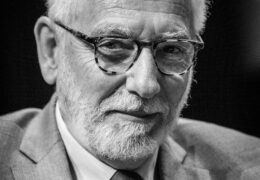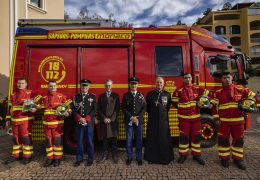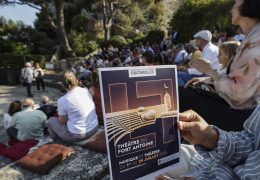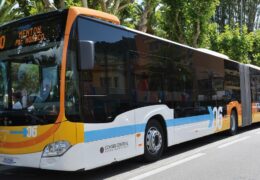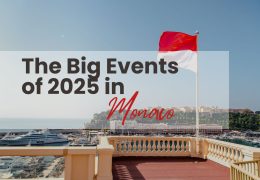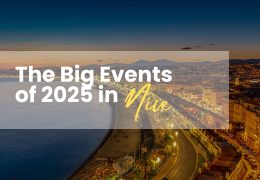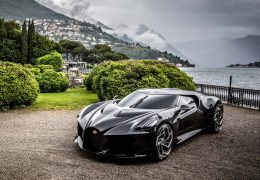Today is World Radio Day: a few curiosities about Radio Monte Carlo, the voice of the Principality of Monaco.
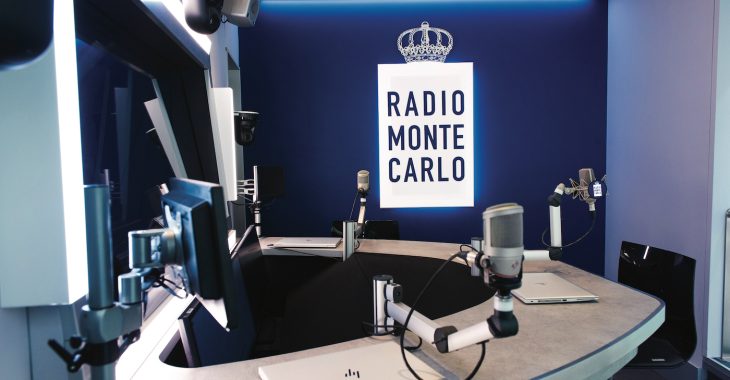
In 1943, the Germans stationed on the French Riviera (which was then part of the “Vichy Republic”) created a radio station to spread their propaganda in southern France. The famous French singer Maurice Chevalier (1988-1972), indifferent to the delicate situation, inaugurated the transmitters installed in Monaco. This, in fact, led to a decline in his popularity during the liberation period.
After the defeat of the Axis powers, the Monegasque and French took control of the station and later transformed it into RMC.
Today, Radio Monte Carlo is an Italian-Monegasque radio station broadcasting from studios in Milan and Monte Carlo, available in Italy, the Principality of Monaco, and the French Riviera. It ranks fifteenth among the most followed national radio stations.
Its story began on March 6, 1966, initially as a part of Radio Monte Carlo’s Italian programming under the direction of Noel Coutisson, but it would later become an independent station. Its peak of success came between the late ’60s and mid-’70s. RMC’s broadcasts, free from the more or less veiled censorship typical of Italian radio, played songs “blocked” by RAI and spread an informal language across the entire peninsula. This new approach to radio thrived, fueled by multimillion-dollar advertising contracts with cigarette brands, which could not be advertised in Italy but could be abroad (and the transmission facilities were, in fact, located in Monaco). It set the tone for many years. Big names emerged, such as Barbara Marchand, Luisella Berrino, Liliana Dell’Acqua, Roberto Arnaldi, Awanagana, Ettore Andenna, Herbert Pagani, Federico l’Olandese Volante, Max Onorari, and iconic programs that became a guide for future radio.
In the early ’80s, FM radios, which had emerged a few years prior, began to pose a threat, not so much because of the quality of the programs, but due to the superior audio signal quality. FM modulation emerged as the new technological standard, and the large medium-wave transmitter of the Monegasque radio broadcast shows that were increasingly less listened to.
A new strategy was adopted, leading Radio Monte Carlo to form “alliances” with private radios in various regions to share FM radio bridges. This marked a time of great changes: new forces arrived, tasked with mitigating the impact of new broadcasters.
Alongside Luisella Berrino, Roberto Arnaldi, and Awanagana, a new editorial team emerged with DJs and journalists like Max Pagani, Marco Odino, Mario Raffaele Conti, and Manuela De Vito, who revitalized the programming without altering the style of the radio from the Principality.
However, the real revolution came in 1988 when Alberto Hazan, owner of the then Rete 105, one of the largest national radio networks, acquired the trademark rights for the Italian part of Radio Monte Carlo. That same year, historical presenters like Roberto Arnaldi and Awanagana left, while new voices (Maurizio Di Maggio, Lester, Patrizia Farchetto, Marco Porticelli, Max Venegoni) and a sound more in line with American radio stations arrived.
From 2006, to differentiate the product, another channel, RMC 2 (Radio Monte Carlo 2), was launched, available on FM in some Italian cities and in the Principality of Monaco. From 2006 to 2014, another station, Radio Monte Carlo Swiss, broadcasted in German in Switzerland.
On September 5, 2018, the main radio station was acquired by RadioMediaset, separating from the RMC2 activities.






